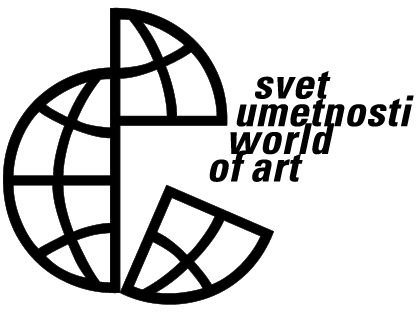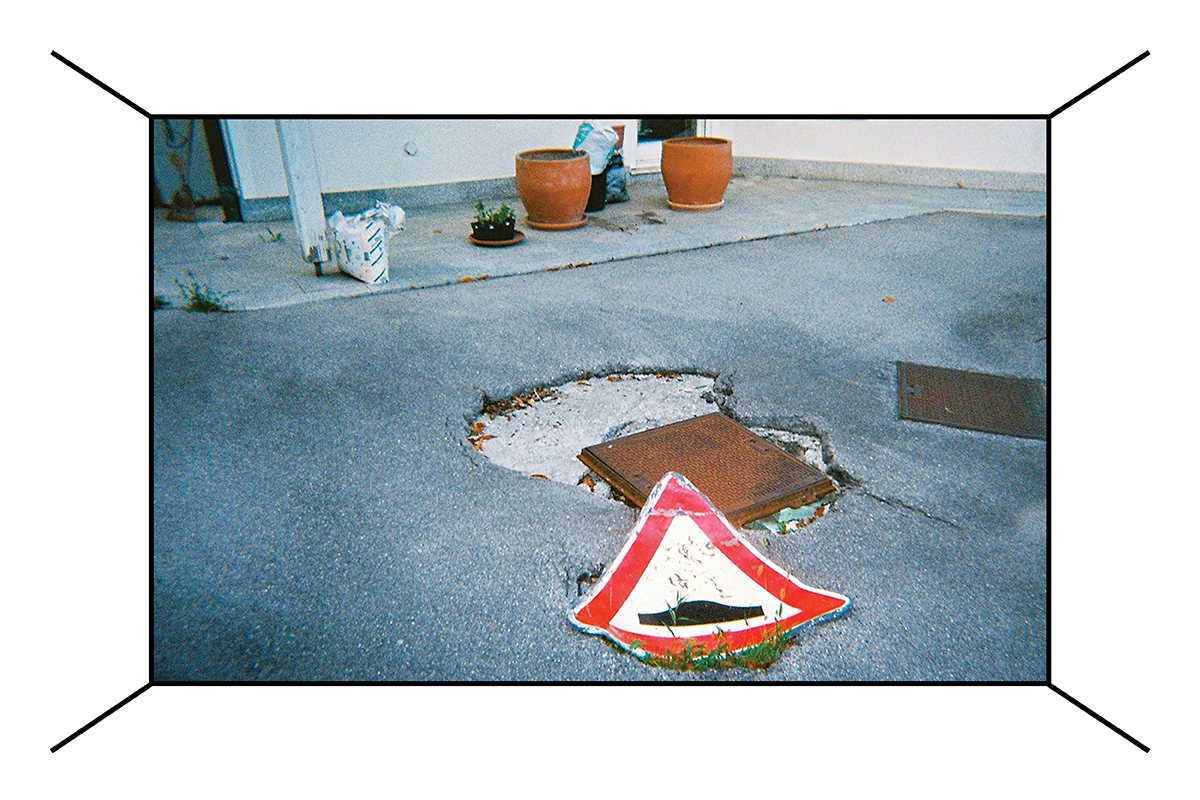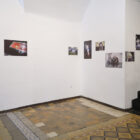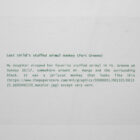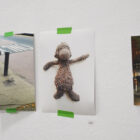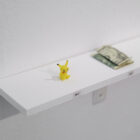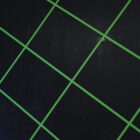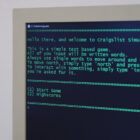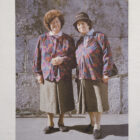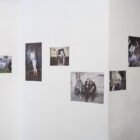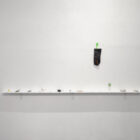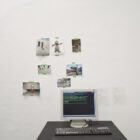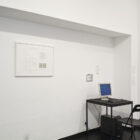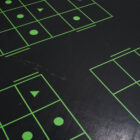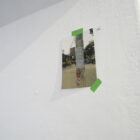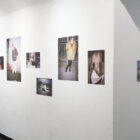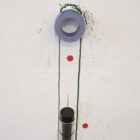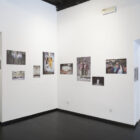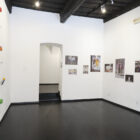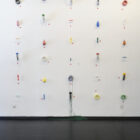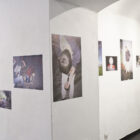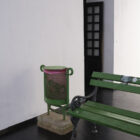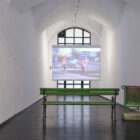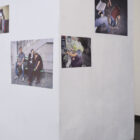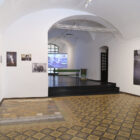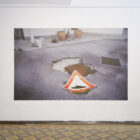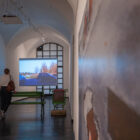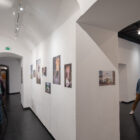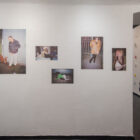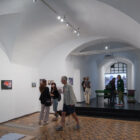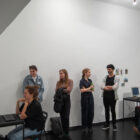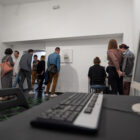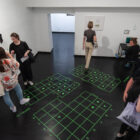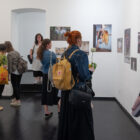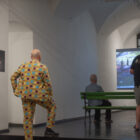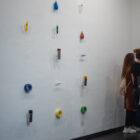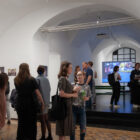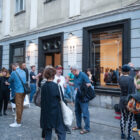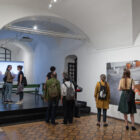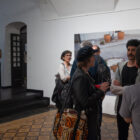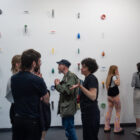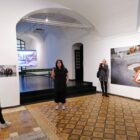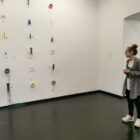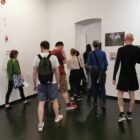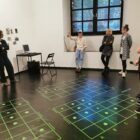Info Point
Final exhibition of the 18th generation of The World of Art, School for Curatorial Practices and Critical Writing, 2021/2022
13 May – 8 June 2022
Škuc Gallery, Stari trg 21, Ljubljana
Artists: Lene Lekše, Danilo Milovanović, Robert Marin and Matjaž Rušt
Curators: Katarina Bogataj, Ajda Bračič, Hana Čeferin, Maša Knapič, Teja Kosi, Sanja Vatić, Maša P. Žmitek
Mentors: Alenka Gregorič, Vadim Fiškin
Head of School: Miha Kelemina
Professional Assistance: Lara Plavčak
ABOUT THE EXHIBITION
This year’s The World of Art, School for Curatorial Practices and Critical Writing annual exhibition focuses on the inapproachable, ephemeral or overlooked spaces in the city, those points of aversion to automatism that highlight authenticity and remind us of the need to actively practise spatial freedom. Common and public spaces increasingly and repeatedly serve the assertion of the interests of capital as opposed to the encounter and exchange of opinions. Yet behind the scenes of touristy squares and streets, we still find urban life in all its spontaneity, transience and variability.
The artists presented in the exhibition attempt to document, interpret and, not least, intervene in the spaces of the city in different ways. Their different approaches intersect in moments of subjective stocktaking of interactions that, precisely because of their uniqueness, reflect the common experience of living in a contemporary city. How can one describe life in an ever-changing multiplicity of spaces inhabited by a vibrant abundance of different groups while remaining true to the limited subjective position of the viewer? How can we escape the lure of the common denominator and create access to limited and inaccessible spaces of encounter (whether they are inaccessible because we do not know them or because we are prevented from entering them) without consciously intervening in them?
In order to maintain personal and collective autonomy, we must as individuals and groups actively exercise our right to the city.[1] The right to work creatively within the community and to reinvent ourselves as individuals, the community as a whole, and the city as the space of our work outside the framework and pressures of institutions or the market. It is not about the right to use the existing city, but about the right to build ever new, ever different alternatives to the existing.
Danilo Milovanović works almost exclusively with urban public space; his performative works address gentrification, the coexistence of nature and human infrastructure, and the everyday interactions between residents. Through humorous interventions, he critically draws attention to our indifference to harmful phenomena in the city, especially the shrinking of green spaces, light pollution and the proliferation of billboards. With minimal interventions in the space, such as moving part of the ground from the city centre to the outskirts or placing a city bench in an inaccessible roundabout, he draws our attention to often overlooked or inconspicuous scenes of the urban landscape. With his gestures, he often violates the (un)written rules of urban behaviour and warns that a certain degree of absurdity is necessary to uncover absurd mechanisms. In the form of photo documentation, videos and ready-mades, he shows the actions that mostly took place on-site, but at the same time invites the visitors of the exhibition to help shape the public space they belong to.
Lene Lekše brings into her work aspects of research, interventions of fictionality to reality and, last but not least, her own position within the observed environment. Serendipitously is the formalisation of her relationship with New York – a city that is (was) foreign to her. To connect with residents who had lost something in the city, she examined online advertisements and reflected on the encounters in a self-organised game in search of the forgotten items. She chose the ads selectively, depending on their interest, relevance or apparent truthfulness. Her quest was driven not only by the desire to find the lost objects but also to learn about the place where they had been lost. Lekše does not intervene in the space she explores but becomes part of it as an active searcher for lost objects. The humorous, light-hearted approach to the subject is also reflected in the visual language and its presentation in the gallery. The participatory nature of the work puts us in the role of the protagonist of the game, previously played by Lekše, and leaves the responsibility of interpretation to our own experience.
Robert Marin and Matjaž Rušt present the project The Most Beautiful City in the World, titled after the well-known saying often uttered by the capital’s current mayor. Since 2014, the photographer duo has continuously documented their immediate surroundings. Local nooks and crannies, scenes and places on daily walks through the city centre, drunken gatherings with friends and acquaintances, scenes of addicts, unhoused and other socially excluded people who are increasingly marginalised both socially and spatially due to government policies. The visual diary, consisting of a large number of analogue colour photographs, is based on local experiences and spontaneous shots on location, and offers an insight into a part of social reality. The artists confront us with their vision of the “most beautiful city in the world”: not with images of the aestheticisation and make-up of the city centre that fill tourist brochures and catalogues, but with the overlooked, marginalised spaces and vulnerable authentic moments that point to a different view of the global gentrification of cities, social stratification and more or less obvious mechanisms of exclusion from the common space.
The exhibition of the 18th generation of the World of Art School at Škuc Gallery is one of the entry points into the mycelial series of urban spaces in which each of us is simultaneously centre and periphery. Info Point is thus an alternative city guide: instead of visiting tourist attractions and spaces dedicated to a particular group, it invites reflection on space, the politics that shape and control it, and daily rebellion and active participation for spatial freedom and the right to the city.
__________
[1] The concept was introduced by Henri Lefebvre in his work Le Droit à la Ville in 1968.
BIOGRAPHIES
Lene Lekše has participated in several group and solo exhibitions in Slovenia and internationally. In 2021, as the winner of the OHO Award, she was hosted at Residency Unlimited in New York for two months. She is a member of the collectives Galerija 7:069 and Portal 2-7-7-8, which focus on exhibiting the production of the younger generation.
Danilo Milovanović was a member of the Rog autonomous community for many years and now works within the Metelkova mesto autonomous cultural centre. During 2019–21 he was a resident at the MGLC Švicarija Creative Centre in Ljubljana. His works can be seen in local and international institutional and public spaces.
Robert Marin is completing his studies in Cultural Sociology and History at the Faculty of Arts, University of Ljubljana. He has participated in numerous group exhibitions of contemporary Slovenian photography and has also presented himself independently. During 2017–18, he undertook further training under the mentorship of Klavdij Sluban. He has been working on the photo project The Most Beautiful City in the World as a co-author since 2014.
As a documentary photographer, Matjaž Rušt focuses on various elements of marginalisation in contemporary society. He has exhibited in many institutions in Slovenia and internationally. His photographs are part of the photographic collection of the Museum of Modern Art. He has been working on the photo project The Most Beautiful City in the World as a co-author since 2014.
EXHIBITION EVENTS
18 May at 6 pm: viewing of the exhibition with curators Katarina Bogataj and Ajda Bračič and artists Lene Lekše and Robert Marin; the event will be held in Slovene
29 May 3 pm: Ljubljana Art Weekend, viewing of the exhibition with artists Danilo Milovanović and Matjaž Rušt and curator Hana Čeferin; the event will be held in English
8 June 6 pm: viewing of the exhibition with the curators; the event will be held in Slovene
PHOTOGALLERY
Layout of the exhibition at Škuc Gallery (photo: Klemen Ilovar © Škuc Gallery)
Opening of the exhibition at Škuc Gallery (photo: Simao Bessa © Galerija Škuc)
Guided tours with the curators and artists (photo: SCCA Archive)
COLOPHON
Slovene Proofreading: Inge Pangos
English Translation: Arven Šakti Kralj Szomi
Cover Image: Najlepše mesto na svetu / The Most Beautiful City in the World
Design: Lea Jelenko
Production: SCCA–Ljubljana, Center for Contemporary Arts / World of Art School
Co-production: Škuc Gallery
The school’s programme is prepared in partnership with Cukrarna/MGML
The final exhibition is supported by Municipality of Ljubljana – Department for Culture
Acknowledgements: AVA – Academy of Visual Arts, Vodnik Homestead Šiška
![]()
![]()
![]()
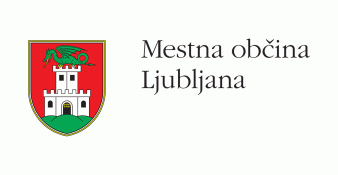
![]()
